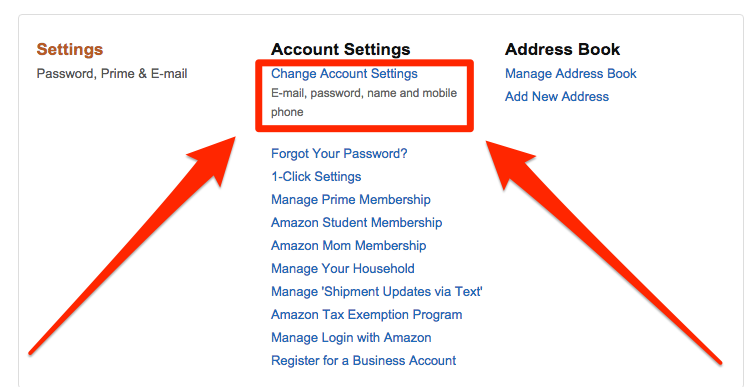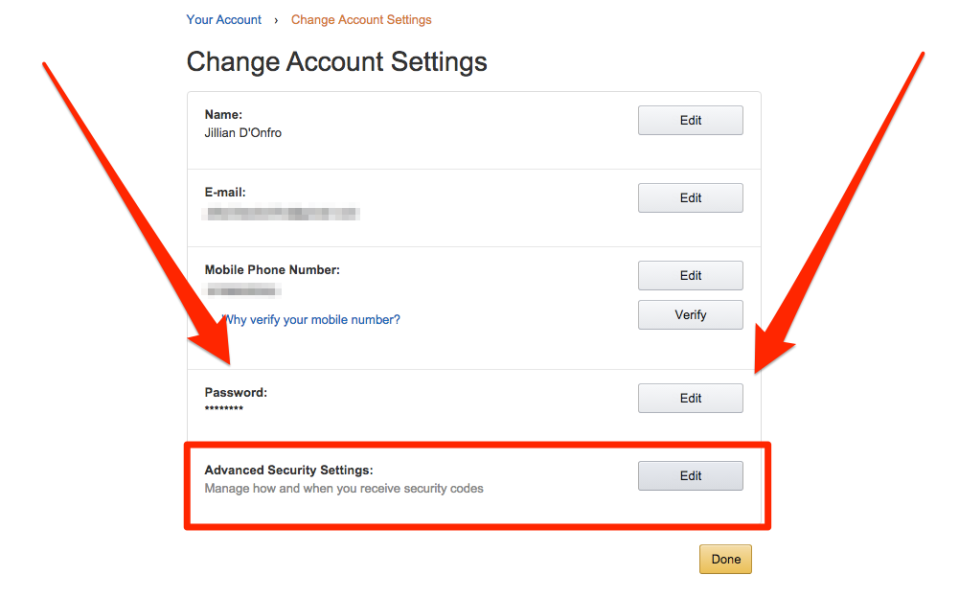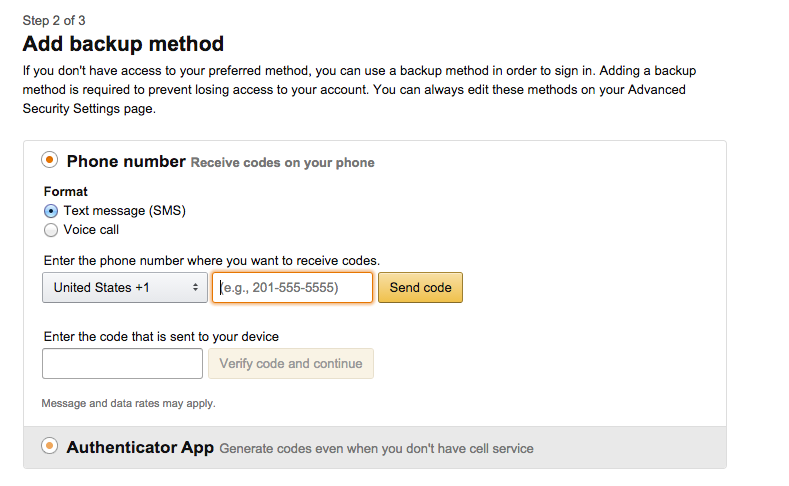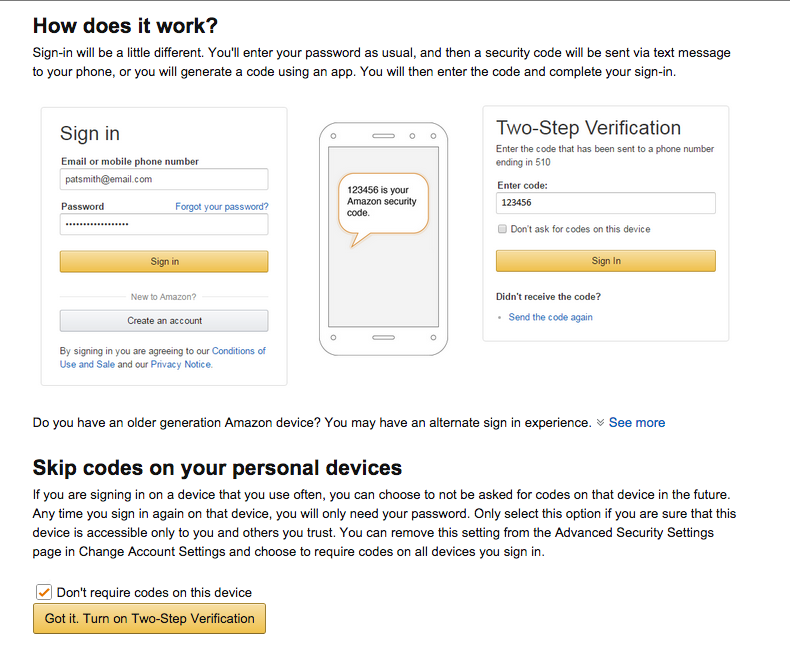Some Amazon passwords may have been exposed— here's how to make your account as safe as possible
Amazon has sent an email to an unknown number of users warning them of a potential leak and forcing them to reset their passwords, Zack Whittaker reports for ZDNet.
Just as it revs up for a rush of holiday shoppers, the company sent a message to some users telling them that their passwords "may have been improperly stored on your device or transmitted to Amazon in a way that could potentially expose it to a third party."
The email continued that although Amazon had "no reason" to believe the password was exposed to a third party, it has sent them a temporary password "out of an abundance of caution."
You can see the full email here:
@AmazonUK is this a verified Amazon email or spam? I've been blocked from my account and can't reset password at mo! pic.twitter.com/WPfXEJsTk5
— Lindsay Shaerf (@LindsayShaerf) November 24, 2015
Business Insider has reached out to Amazon about the size of the potential leak and will update when we hear back.
In the meantime, this is the perfect opportunity for ensuring that you sign up for two-factor authentication.
Two-step authentication gives websites a way to verify that you're really who you say you are when logging into an account, usually through a code texted to your phone. Services like Facebook and Gmail have offered the feature for a long time, but Amazon just activated it last week.
If you had two-factor authentication, third parties wouldn't be able to get into your account even if they had both your email address and your password.
Here's how to set it up to make your Amazon account much safer:
At the top of your Amazon homescreen, click "Your Account" and then find your way to the "Settings" section and click "Change Account Settings":
(Amazon)
From there, you'll have to click "Advanced Security Settings":
(Amazon)
Time to get started:
(Amazon)
Amazon will then prompt you to enter a primary phone number as well as a back-up. Every time you log into your Amazon account, you will have to provide your email address, password, and your unique code:
(Amazon)
And that's that! Your account is much more protected with two-factor than it is otherwise, so there's really no reason not to activate it. You can even whitelist certain devices on which you won't have to enter your passcode every time:
(Amazon)
NOW WATCH: Facebook and Instagram won’t let you mention or post links from this competitor
More From Business Insider

 Yahoo Finance
Yahoo Finance 





